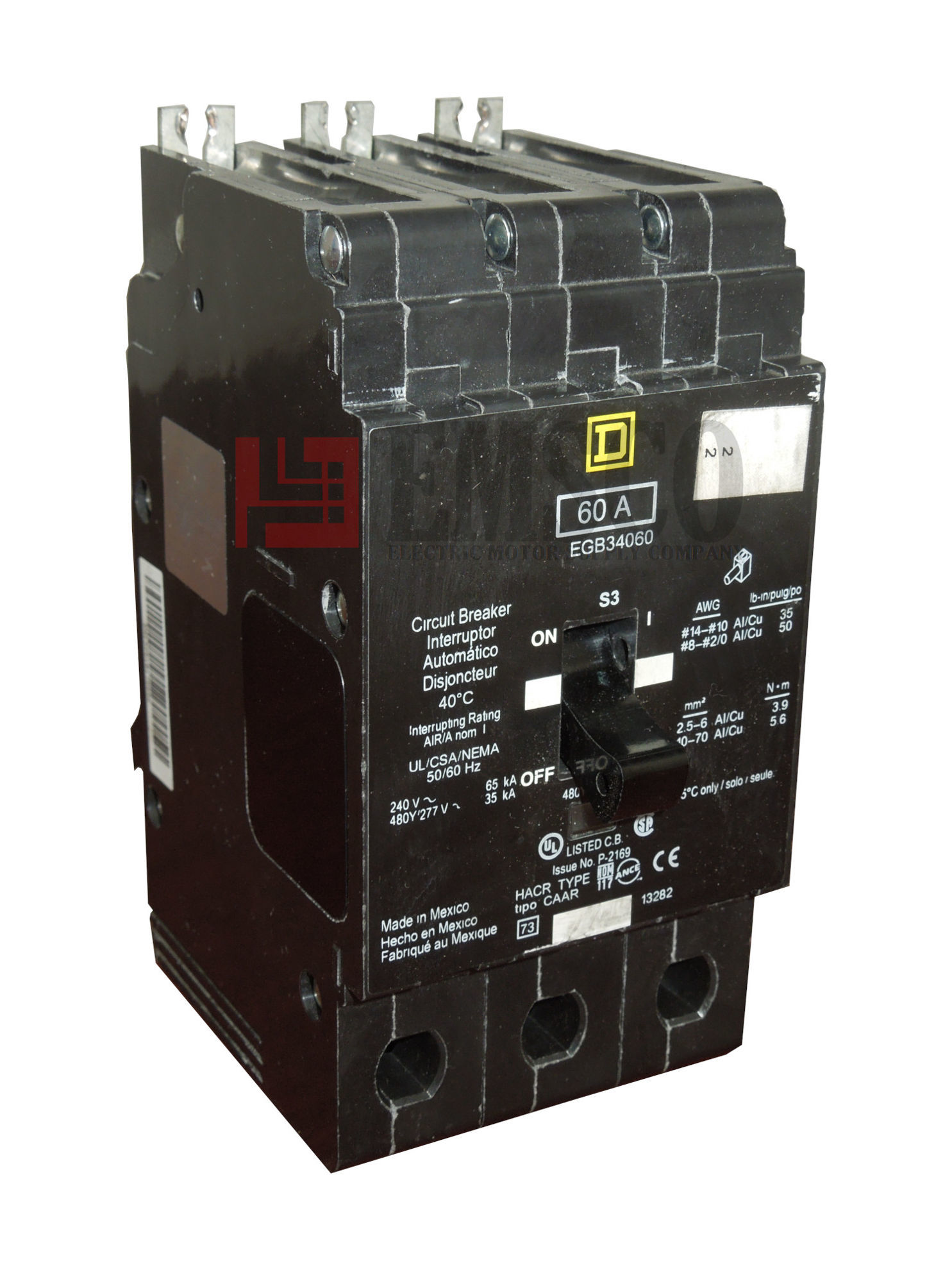Industrial Power Protection: Unveiling Molded Case Circuit Breakers (MCCBs)
Thursday, December 9, 2021
In the realm of industrial power distribution, ensuring safety, reliability, and efficiency is of utmost importance. To protect electrical circuits and equipment from overcurrents and short circuits, engineers often turn to molded case circuit breakers (MCCBs). These robust and versatile devices play a crucial role in safeguarding industrial power systems, ensuring smooth operations and preventing potential hazards. In this blog post, we will delve into the features, benefits, and applications of molded case circuit breakers in industrial settings.
The Anatomy of Molded Case Circuit Breakers:
Molded case circuit breakers are named after their housing, which is typically made from molded insulating materials such as plastic or fiberglass. Inside the casing, these breakers comprise essential components like the trip unit, operating mechanism, and current-carrying contacts. The trip unit is responsible for detecting overcurrent conditions and tripping the breaker when necessary, while the operating mechanism ensures the mechanical action of opening and closing the circuit.
Wide Range of Current Ratings:
MCCBs are available in a wide range of current ratings, making them suitable for diverse industrial applications. They can handle currents ranging from a few amps to thousands of amps, allowing engineers to choose the appropriate breaker based on the specific requirements of their power distribution system.
Accurate and Reliable Protection:
One of the primary functions of an MCCB is to provide precise and reliable protection against overcurrent conditions. The trip units in MCCBs are designed to respond swiftly to abnormal current levels, effectively isolating the faulty circuit and preventing potential damage to equipment. With adjustable tripping settings, engineers can customize the MCCBs to suit the unique characteristics of their industrial power systems.
Thermal and Magnetic Protection:
MCCBs offer both thermal and magnetic protection, catering to different types of faults. The thermal trip element responds to overloads caused by long-duration, low-level overcurrents, while the magnetic trip element reacts to short-circuit currents. This dual protection mechanism ensures comprehensive safety coverage in industrial power settings.
Selectivity and Coordination:
Industrial power distribution systems often have multiple levels of circuit breakers, from the main distribution board down to individual branch circuits. MCCBs provide the advantage of selectivity and coordination, which means that when a fault occurs, only the nearest MCCB to the fault will trip, leaving other downstream breakers unaffected. This feature minimizes downtime and optimizes system performance during fault scenarios.
Ease of Maintenance and Retrofitting:
MCCBs are designed for easy maintenance and replacement. With proper periodic inspection and testing, their lifespan can be extended, contributing to cost savings. Additionally, they are compatible with various accessories and digital communication modules, enabling seamless integration into modern industrial automation systems.
Versatility and Applications:
Molded case circuit breakers find applications across various industrial sectors, including manufacturing plants, data centers, commercial buildings, oil and gas facilities, and mining operations. They provide vital protection for motors, transformers, generators, distribution boards, and other critical electrical components.
In conclusion, molded case circuit breakers are indispensable assets in industrial power settings. Their accurate protection, ease of maintenance, and compatibility with modern automation technologies make them a reliable choice for ensuring the safety and efficiency of power distribution systems. By understanding the benefits and applications of MCCBs, engineers can make informed decisions to secure their industrial power infrastructure effectively.


